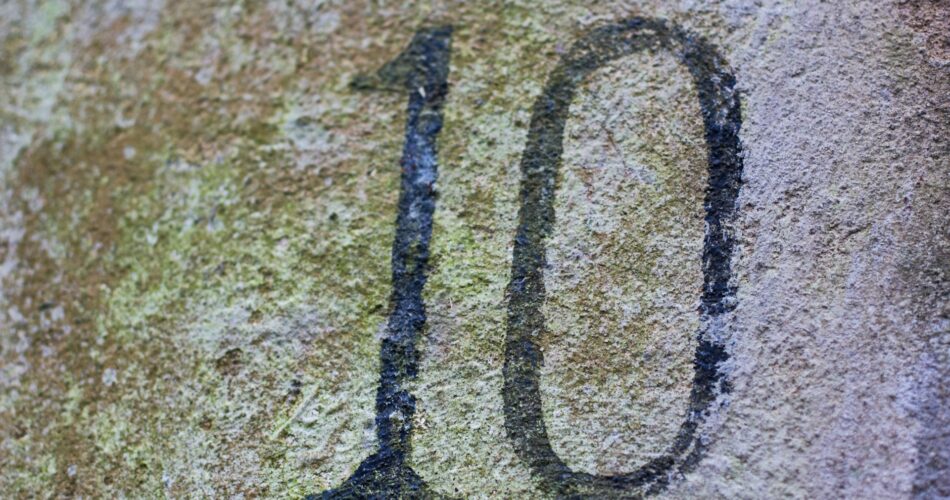There are differing opinions on the monument.
A Ten Commandments monument will return to the Kentucky state Capitol grounds following the passage of House Joint Resolution 15, which was approved by the Republican-majority House and Senate. The resolution was signed into law without the signature of Democratic Governor Andy Beshear. The monument, originally donated in 1971 by the Kentucky State Aerie of the Fraternal Order of Eagles, had been stored after its removal in the 1980s for construction work. Despite a 2000 resolution supporting its return, a 2002 court decision prevented its reinstallation. The new resolution cites the 2005 U.S. Supreme Court ruling in Van Orden v. Perry, which upheld the constitutionality of similar displays, as a legal basis for reintroducing the monument to Kentucky’s Capitol grounds.
The resolution passed in the state Senate by a 32-6 vote and the House by 79-13, with a significant number of lawmakers voting along party lines. However, some Democrats, both in the Senate and House, supported the measure. The resolution stipulates that the monument must be installed within 180 days of the law’s enactment.
First Liberty Institute, a religious liberty advocacy group, praised the decision, with Senior Counsel Roger Byron calling the move a restoration of Kentucky’s history. Vic Jeffries of the Fraternal Order of Eagles expressed his enthusiasm about the return of the monument, noting that the organization has donated over 100 similar monuments to other states and local governments.
On the other hand, a group of 79 religious leaders from various faith backgrounds opposed the resolution. In a letter to Governor Beshear, the leaders argued that government-mandated religious displays on public property undermine religious freedom. They contended that the Ten Commandments monument, which represents a specific religious tradition, is not inclusive of all faiths and does not reflect the diversity of Kentucky’s population, including those of other religious beliefs or no religion at all.
The religious leaders emphasized that matters of faith should remain within religious communities rather than be shaped by government action. They expressed concerns that the display could foster exclusion and religious intolerance, undermining the state’s commitment to religious equality and making some individuals feel marginalized or unwelcome.
